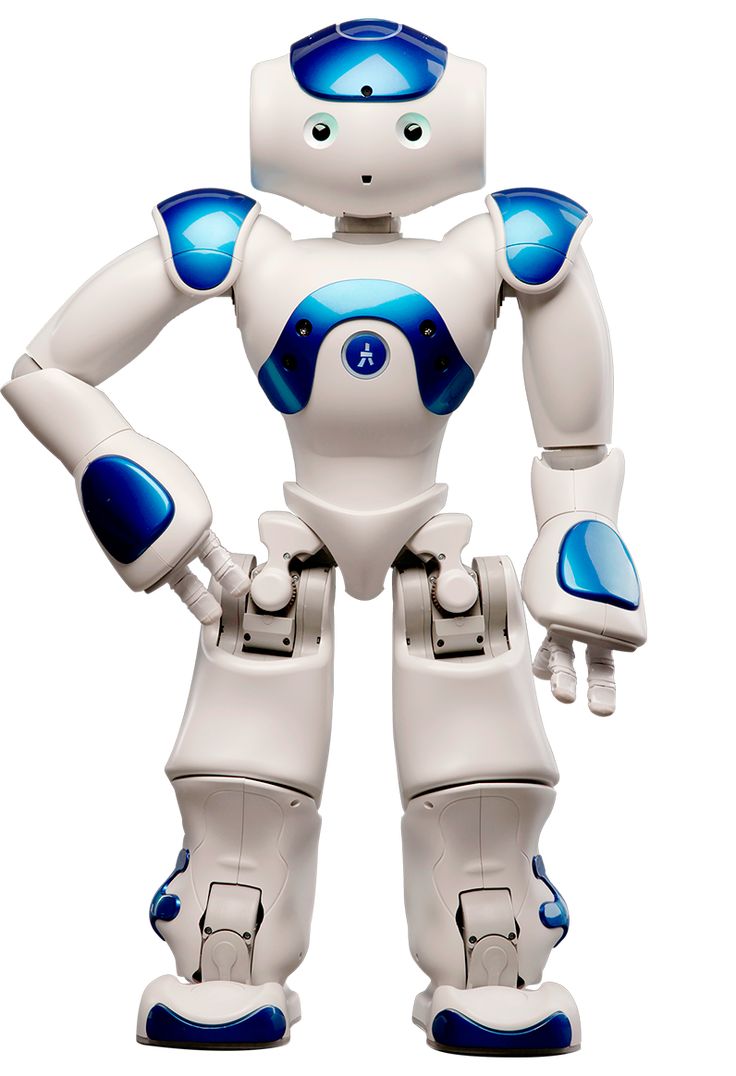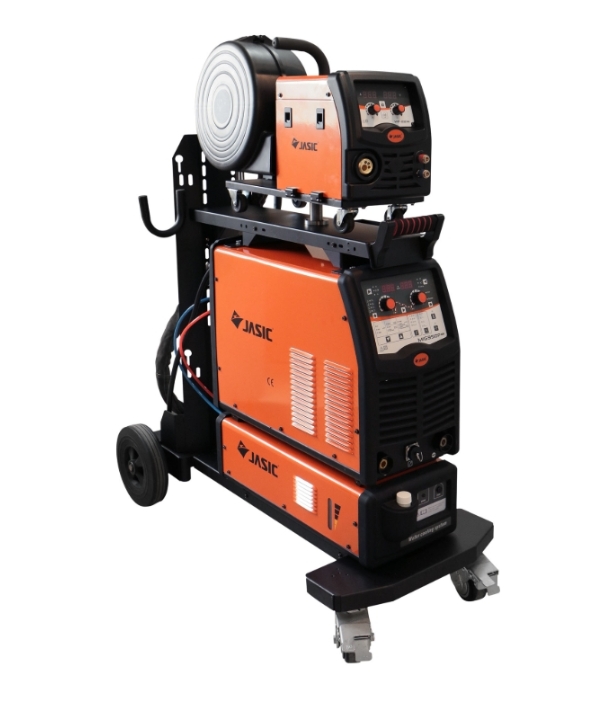Embark on a journey into the future with the innovative DroneHub project, poised to revolutionize urban infrastructure maintenance and climate monitoring through the integration of cutting-edge drone technologies. Led by Mirko Kovacs, Head of the Empa Sustainable Robotics Laboratory and Director of the Aerobotonics Laboratory at Imperial College London, DroneHub represents a bold step towards realizing the potential of drones in everyday urban life.
Nestled within the existing NEST research and innovation building on the Empa campus in Dubendorf, Switzerland, DroneHub envisages the creation of a state-of-the-art aviary for drones. This aerial facility will feature a bespoke cage structure, towering 11 meters high and spanning an area of 90 square meters. At its core lies an experimental facade equipped with replaceable surfaces and materials, serving as a testing ground for innovative repair and diagnostic methodologies.
Central to DroneHub's mission is the deployment of Aerial Additive Manufacturing drones, akin to airborne 3D printers, capable of extruding a cement-like mixture to diagnose and rectify issues within the facade. This pioneering approach promises to revolutionize infrastructure repair, offering swift and efficient solutions to emerging challenges.
Beyond infrastructure maintenance, DroneHub endeavors to explore the role of drones in climate monitoring within forest-like conditions. By creating a miniature natural habitat replete with trees and greenery, researchers will develop and deploy robotic sensing technologies to track environmental changes. Moreover, the development of biodegradable drones underscores DroneHub's commitment to sustainability and eco-conscious innovation.
Crucially, DroneHub serves as a nexus for shaping the future of drone-human interaction, laying the groundwork for comprehensive guidelines and safety standards. Mirko Kovac emphasizes the importance of establishing technical protocols for seamless integration of drones into urban landscapes. "If we imagine a future in which drones are naturally integrated into everyday urban life, and robots and humans coexist, then we need rules and technological standards for this," Kovac states.
From autonomous landing pads to energy replenishment stations, DroneHub aims to pioneer technical interfaces that facilitate harmonious coexistence between humans and machines. As the project progresses, researchers will collaborate to devise and implement stringent safety measures, ensuring that the symbiotic relationship between man and machine remains grounded in reality, not fiction.
While DroneHub is currently in the planning stages, Mirko Kovac's team is set to unveil some of its unmanned technologies at the Venice Architecture Biennale, offering a glimpse into the future of urban innovation. As the project unfolds, DroneHub promises to redefine the boundaries of infrastructure maintenance, climate monitoring, and drone-human interaction, ushering in a new era of sustainable urban living.














